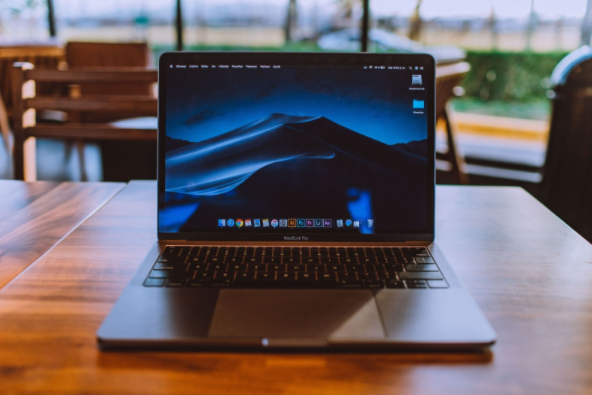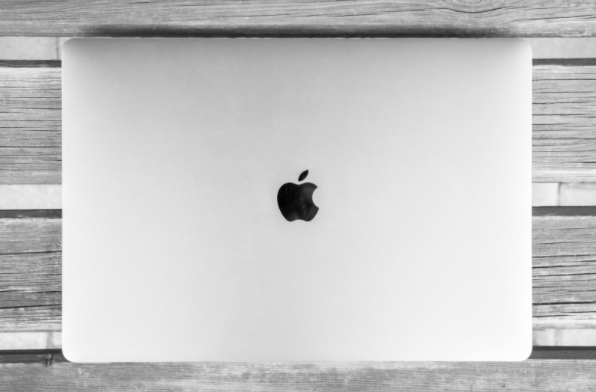 If you have been struggling with an unusually slow Mac, it is a sign that you need to free up your storage. You should have 10% of your disk free to use your computer in an optimal way. But due to MacBooks using SSDs, which are more expensive, most people go with the low storage variant, which fills up pretty quickly. However, you can always make small improvements to free up your storage. Let’s find out.
If you have been struggling with an unusually slow Mac, it is a sign that you need to free up your storage. You should have 10% of your disk free to use your computer in an optimal way. But due to MacBooks using SSDs, which are more expensive, most people go with the low storage variant, which fills up pretty quickly. However, you can always make small improvements to free up your storage. Let’s find out.
Contents [hide]
- 1 Find out what is taking up space
- 2 Free up Mac Storage
- 2.1 Follow Apple’s recommendations to Free up Mac Storage
- 2.2 Delete unnecessary apps
- 2.3 Check your Downloads
- 2.4 Delete system storage
- 2.5 Use cloud storage services to Free up Mac Storage
- 2.6 Restart your computer
- 2.7 Clear your browser cache
- 2.8 Close all unnecessary apps and tabs
- 2.9 Back up to an external drive
- 3 To conclude
Find out what is taking up space
Before you go on a mission to purge your laptop of all things unnecessary, first start with finding out what is hogging up all the precious storage. To learn this, go to the menu bar. Here you will find the Apple icon. Click on it and choose About This Mac. Under this, click on Storage. This will give you a clear idea of what kind of files are taking up space and how much.
Free up Mac Storage
Follow Apple’s recommendations to Free up Mac Storage
Once you check your Storage, then you should take a look at how to manage your Storage, and Apple has an option to do just that. Click on ‘Manage,’ and you will see 4 recommendations. One is to empty your trash automatically. If you select this option, your Trash will empty itself every 30 days. The other option is to optimize your storage. This deletes any movies or shows that you have already watched. The third option is to use
iCloud. You can sync your data to iCloud and save storage. Finally, you can reduce clutter by taking a look at all the files you have on your desktop.
Delete unnecessary apps

Once you’ve gone through the simple recommendations, it is time to start the purge. Take stock of all the apps you have. Delete the ones you do not use on a daily basis or have not used in a while. You can find apps that you have not used in a while through Finder. Just filter apps by the ‘Date Last Opened.’
Once you do that, then just delete the ones you have not used in, say the last 6 months. If you need the app again, you can always download it again from the App Store.
Check your Downloads
You may have a lot of large files languishing in your Downloads folder that you may not need anymore. Use the Finder to check your Downloads and filter them by the size of the file. Sort through them and delete the ones you don’t want.
Delete system storage
One type of storage on your Mac is System storage. Apart from the macOS, the System storage has your old iOS backups, Filevault, app cache, Time Machine backups, and unused disk images. You can either use cleaning software to clear out this junk or use these quick tips to manually remove system storage files.
Use cloud storage services to Free up Mac Storage
While we briefly talked about iCloud and using it to sync your data to the cloud, there is a monthly subscription fee that is attached to iCloud. This may not be something that you may want to incur as a monthly expense.
If this is the case, then you should take a look at other cloud storage services like Drive. Google Drive is good for consumers since you get 15 GB of free cloud storage. For people concerned about privacy, other services like Dropbox may make more sense.
Restart your computer

Restarting the computer is more to do with clearing your RAM rather than your storage, but this can help you improve your Mac’s performance noticeably. When you run your laptop for long, there are a lot of processes running in the background or apps that create cache and temporary files. So, this tip can help you with that.
Clear your browser cache
In addition to restarting your computer, you can also clear your browser’s cache to free up RAM. Depending on your browser, you can easily empty the cache and do a hard reload.
Close all unnecessary apps and tabs
Another tip to free up RAM is to quit all tabs and apps that are not in use. If you are used to hoarding tabs and opening multiple apps, this could be the reason for your slow Mac.
Back up to an external drive
Using Time Machine, you can back up all your data to an external drive. Make sure that this drive has more capacity than your storage disk. You can also use multiple drives to store your data. Once you have your data backed up, you can delete those files locally.
To conclude
If you have an older Mac, it may be possible for you to upgrade your RAM and hard disk. With newer molders, this is not possible, so make sure you plan for the long run and choose a variant that has more than enough capacity to store your information without it affecting the performance.






